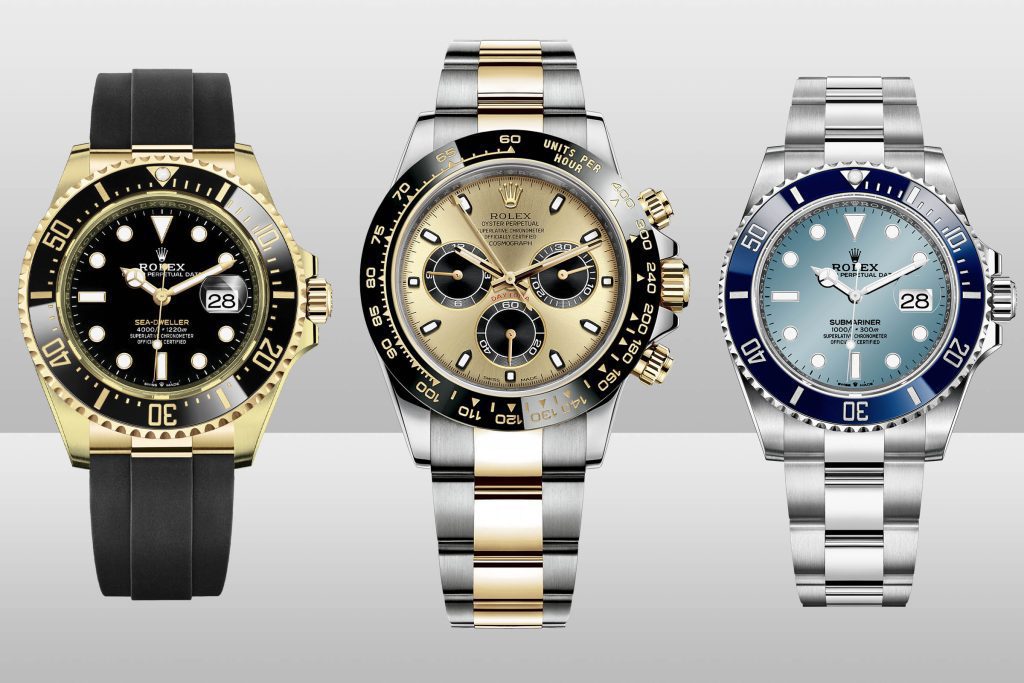The Tour de France is a yearly multi-stage bicycle race for men that takes place primarily in France and sporadically in neighboring nations. It runs for 23 days, including the Bastille Day holiday, and has 21 stages, each lasting a day, just like the other Grand Tours. The Grand Tour is the oldest and generally regarded as the most prestigious.
Jerseys In Tour De France:
The world’s best cyclists compete in the Tour de France for the yellow, green, white, and polka-dot jerseys, which are awarded according to classifications for general, points, mountains, and young riders. After each stage, the classification leader is given the jersey for that classification, and the winner is entitled to do it during the racing the following day.

What Is The Meaning Of Green Jersey?
Here, we quickly examine Green Jersey what is it, and how it won?
The green jersey is tied to points given to cyclists based on where they place overall on each stage. With bonus points also available on occasion for intermediate sprints. Depending on the type of stage, different points will be offered. While there are fewer points available on hilly and mountainous stages, there are more available on pure flat, sprint days. The points are then added to the points earned in all prior stages after each stage. The rider with the most points receives the green jersey (maillot vert).
The jersey’s color was determined by the fact that the initial sponsor was a company that made lawnmowers. Though it was changed once in 1968 to accommodate a sponsor.
The general classification and the points classification were both successfully won by Eddy Merckx and Bernard Hinault. With Merckx completing the largest sweep in 1969 by winning the points, mountain, and general classifications. Peter Sagan has won the points classification no less than seven times in the past ten years.

